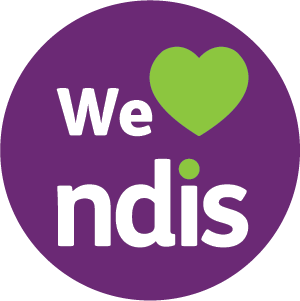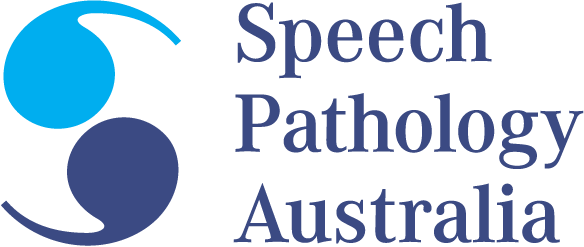From 1-2 years is when parents can really make a difference for those children who aren’t meeting milestones, or who need help.
Around 11-12 months, it’s possible to start seeing if a child will meet the 12-month milestone, and by 18 months things become clearer.
All parents (ourselves included) want their child be OK and the tempation is to overlook, or forgive, any missing pieces—it's important to monitor your child closely from 12-18 months.
Take a look below at all of the communication milestones and averages for children between 1-2 years.
Underneath the milestones/averages you'll find a summary of the typical speech/communication journey for 1-2-year-olds', and what to do if your child is below average, or if you have concerns.
* Learn more about milestones and averages [opens new tab. please read if you haven't already.]
If you child says any of these words consistently, independently and with intention, then boom! It's a word!
Example: If your child says "wah-wah" and they mean "shower" then that counts as a word. However, if they sometimes say "wey-wey" when they mean shower, then it's not a word.
It has to be consistent, independent and with intention.
Below average? Enrol in the Parents & Carers Course here
Below average? Enrol in the Parents & Carers Course here
Below average? Enrol in the Parents & Carers Course here
From 12 months onwards, toddlers experience vast development in speech sounds and at least triple the number of words they can say between 1 and 2 years of age.
Their speech becomes easier to understand and by the time they’re 2 years old, half of their speech should be understood.
By 2 years, toddlers can say a range of speech sounds when talking (e.g. p, b, m, t, d, n, h, w)
Many 1-2 year olds have difficulty saying sounds correctly all the time. Some words are more difficult than others for children to say, so they may make some sound errors (e.g. “tat” for cat and “pam” for pram). Sometimes, children can be more difficult to understand when they are using longer sentences.
Even if children make sound errors, they should still use the correct syllable-pacing.
Take the word ‘elephant’.
It’s a complex word but is often in childrens’ stories, like ‘Madagascar’. Even if pronounced incorrectly, you should look for 3 clear syllable sounds.
Something along the lines of: ‘el’ — ‘eh’ — ‘funt’.
Parents can continue to help their toddler’s speech development by modelling the correct way of saying words, particularly when children make occasional sound errors.
However, if a toddler’s speech is very difficult for parents to understand, or if children are using gestures (and grunts) in place of words, parents should contact a speech pathologist for further advice.
If parents are concerned about their child’s speech development, they are advised to have their child’s hearing checked by an audiologist, as hearing is important in learning how to say sounds correctly.
Below average? Enrol in the Parents & Carers Course here
If you are worried about your child’s speech, if your child sounds different to the ages and stages outlined or if your two-year-old cannot be understood by adults, you may need to seek help from a speech pathologist.
A speech pathologist has been professionally trained to advise, diagnose and work with adults and children who have difficulty in communicating. Speech pathologists work in a variety of settings including schools, health centres, hospitals and private practice. Your child health nurse or GP can put you in contact with a speech pathologist.
Below average? Enrol in the Parents & Carers Course here
Often, parents are slow to seek help because they don’t want to believe their child has a problem.
We’re parents too, and completely understand why you feel this way. (It’s one of the reasons we created the ‘Parents & Carers’ course.)
The parents and carers course is to the point — with no fluff or filler — you can go through it within a few hours.
You will learn how to overcome the typical barriers to successful communication in young children.
Also, it’s exactly what a speech pathologist would want you to know before they provided speech therapy for you and your child.
As well as the course, you get access our live streams with a fully-qualified and highly-experienced Speech Language Pathologist (Carissa Gorman), who will answer individual questions.


